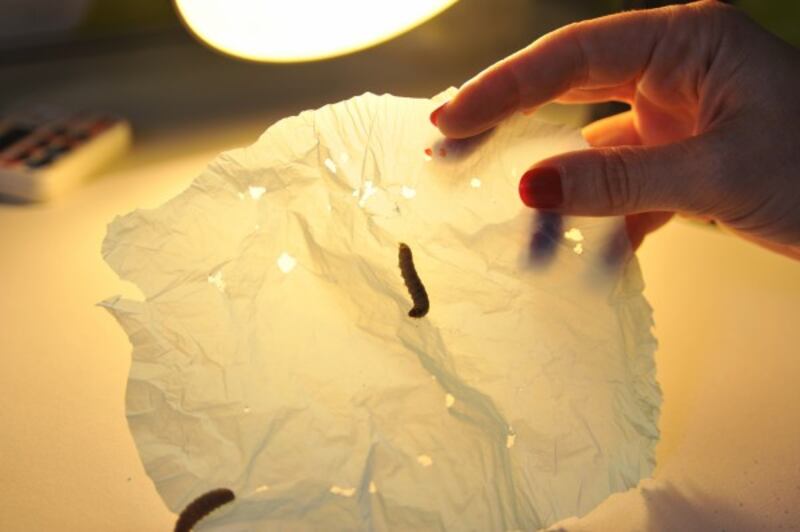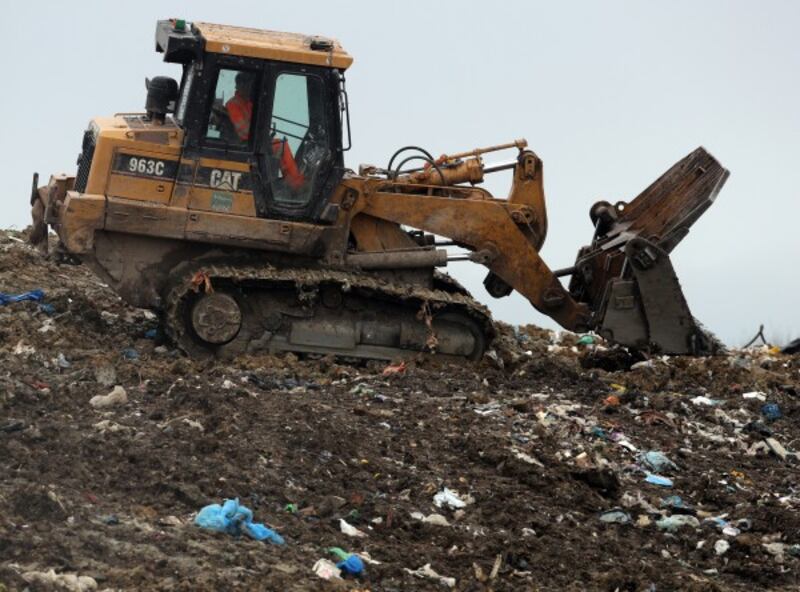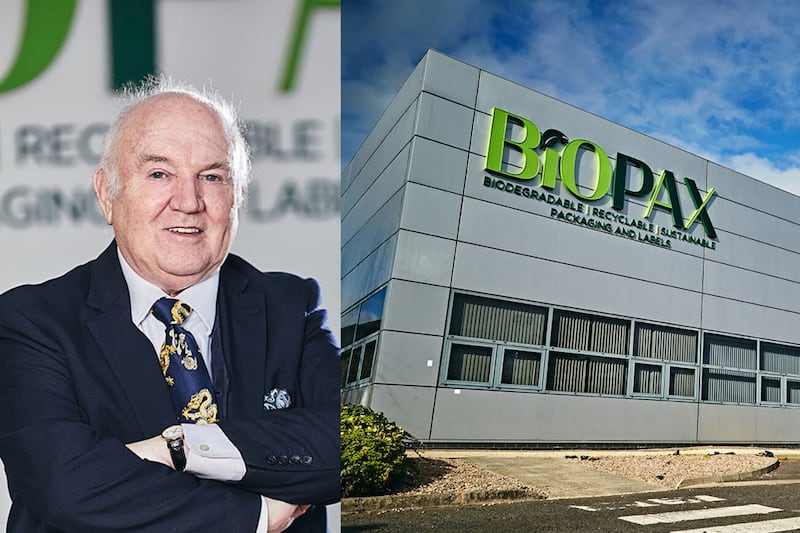A moth that prefers plastic to pullovers could help solve the problem of discarded shopping bags and packaging, researchers believe.
The larvae of the greater wax moth normally thrive on beeswax, making them a hated enemy of bee keepers across Europe.
But a chance discovery has shown that they will also happily munch on plastic.

Placed in a plastic bag the grubs quickly leave it riddled with holes, in much the same way that a woollen jumper is attacked by clothes moth caterpillars.
Scientists say understanding how the larvae eat plastic could provide a biotechnological method of disposing of bags and packaging, a major source of land and sea pollution.
Dr Paolo Bombelli, a member of the international team from Cambridge University, said: “If a single enzyme is responsible for this chemical process, its reproduction on a large scale using biotechnological methods should be achievable.

“This discovery could be an important tool for helping to get rid of the polyethylene plastic waste accumulated in landfill sites and oceans.”
While the caterpillars, known as “wax worms”, are commercially bred for fishing bait and in the wild live as parasites in bee colonies, a member of the research team spotted their penchant for plastic while removing the pests from her hives.
Dr Federica Bertocchini, from the Institute of Biomedicine and Biotechnology of Cantabria in Santander, placed the larvae in a plastic shopping bag and later found it was full of holes.

In a follow-up test conducted in Cambridge, 100 wax worms were let loose on a plastic bag from a British supermarket.
Holes began to appear after just 40 minutes, and over a period of 12 hours 92mg of plastic was consumed.
The caterpillars worked much faster than bacteria, which in previous experiments took a day to biodegrade just 0.13mg of plastic.
The research is published in the journal Current Biology.







